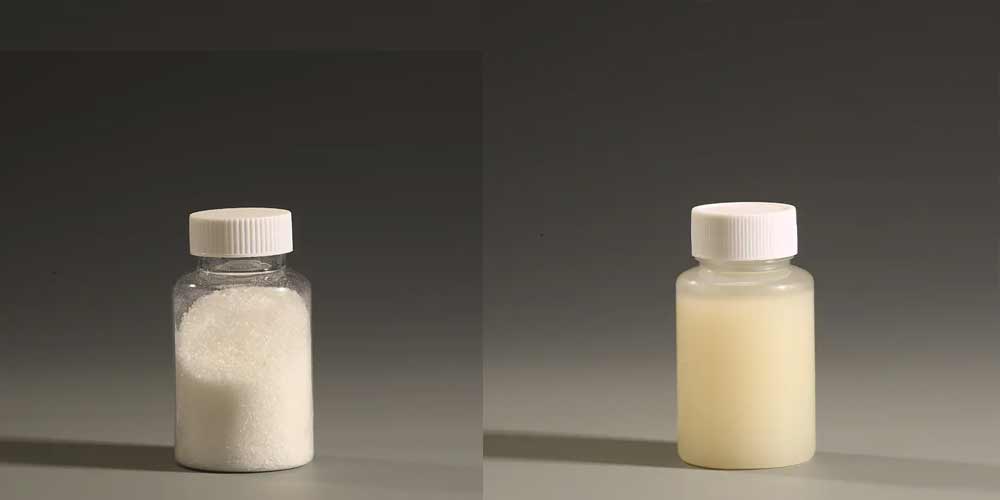Polyacrylamide (PAM) can usually be classified into anionic, cationic, and nonionic according to the ion type. It is mainly used for flocculation in water treatment. When choosing, different types of wastewater may choose different types. You need to choose the right PAM according to the characteristics of your sewage. At the same time, you should also clarify in which process the polyacrylamide will be added and the purpose you want to achieve by using it.
The technical indicators of polyacrylamide generally include molecular weight, degree of hydrolysis, ionicity, viscosity, residual monomer content, etc. These indicators should be clarified according to the wastewater you are treating.
1. Molecular weight/viscosity
Polyacrylamide has a variety of molecular weights, from low to very high. Molecular weight affects the performance of polymers in different applications. High molecular weight polyacrylamide is usually more effective in the flocculation process because their polymer chains are longer and can connect more particles together.
The viscosity of PAM solution is very high. When the ionization is stable, the larger the molecular weight of polyacrylamide, the greater the viscosity of its solution. This is because the macromolecular chain of polyacrylamide is long and thin, and the resistance to movement in the solution is very large.
2. Degree of hydrolysis and ionicity
The ionicity of PAM has a great influence on its use effect, but its suitable value depends on the type and nature of the treated material, and there are different optimal values in different situations. When the ionic strength of the treated material is high (more inorganic matter), the ionicity of the PAM used should be higher, otherwise it should be lower. Generally, the degree of anion is called the degree of hydrolysis, and the degree of ion is generally called the degree of cation.
How to choose polyacrylamide depends on the concentration of colloids and suspended solids in water. After understanding the above indicators, how to choose a suitable PAM?
1. Understand the source of sewage
First, we must understand the source, nature, composition, solid content, etc. of the sludge.
Generally speaking, cationic polyacrylamide is used to treat organic sludge, and anionic polyacrylamide is used to treat inorganic sludge. When pH is high, cationic polyacrylamide should not be used, and when , anionic polyacrylamide should not be used. Strong acidity makes it unsuitable to use anionic polyacrylamide. When the solid content of sludge is high, the amount of polyacrylamide used is large.
2. Selection of ionicity
For sludge that needs to be dehydrated in sewage treatment, you can select flocculants with different ionicity through small experiments to select the most suitable polyacrylamide, which can achieve the best flocculation effect and minimize the dosage, saving costs.
3. Selection of molecular weight
Generally speaking, the higher the molecular weight of polyacrylamide products, the greater the viscosity, but in use, the higher the molecular weight of the product, the better the use effect. In specific use, the appropriate molecular weight of polyacrylamide should be determined according to the actual application industry, water quality and treatment equipment.
When you buy and use PAM for the first time, it is recommended to provide the specific situation of the sewage to the flocculant manufacturer, and we will recommend a more suitable product type for you. And mail samples for testing. If you have a lot of experience in your sewage treatment, you can tell us your specific requirements, application fields, and processes, or directly give us the PAM samples you are currently using, and we will match you with the right polyacrylamide.
Post time: Jul-15-2024

